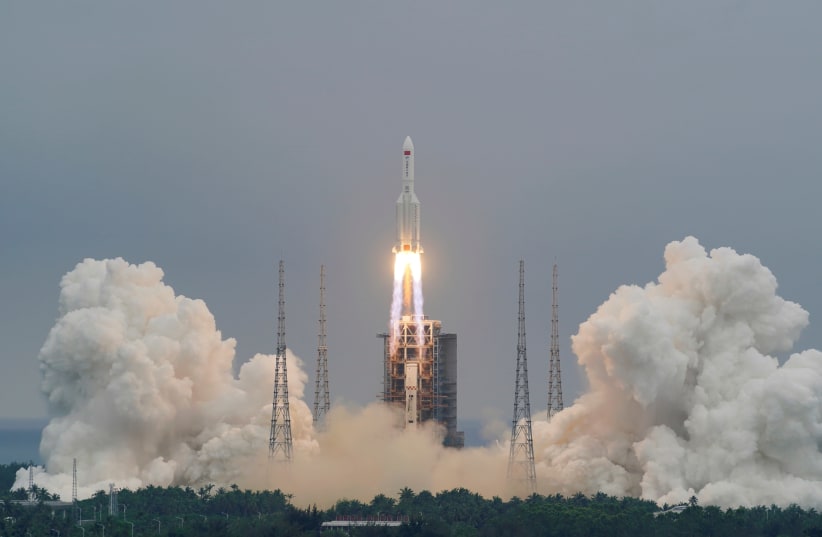One Israeli claimed on social media to have seen it in the sky with visible fire, and shared a video to Twitter.مقطع متداول يلتقط لحظة عبور حطام #الصاروخ_الصيني في سماء #القريات . pic.twitter.com/tqzyffEJ1U
— صحيفة البوابة (@albwaabh) May 9, 2021
I JUST SAW IT OVER ISRAEL!!HARD TO SEE ON VIDEO BUT IT WAS HUGE AND VERY VERY LOWVISIBLE FIRE pic.twitter.com/0WTUJ1sa3A
— Nad∆vision (@nadavision) May 9, 2021
Astronomer Jonathan McDowell claimed that data indicated it likely reentered somewhere between the Middle East and Australia, and shared several videos on social media from Oman and Haifa, the latter of which seems to be a confirmed sighting.#TheMoreYouKnow The data sets we use to make predictions are generated when the object we are tracking passes over one of a collection of sensors across the planet. We will know #LongMarch5B is down when it fails to pass over several of these sensors in a row. https://t.co/EmSWNt4DPa
— The Aerospace Corporation (@AerospaceCorp) May 9, 2021
Claimed observation from Oman which if genuine would imply the reentry was underway with impact over the Indian Ocean https://t.co/Ix6nqUv20d
— Jonathan McDowell (@planet4589) May 9, 2021
The Long March 5B rocket's descent was "one of the largest instances of uncontrolled reentry" ever experienced and there were fears it could fall on an inhabited area, SpaceNews reported, although it was more likely to fall in an uninhabited area as most of the Earth is uninhabited, with the odds of a person being hit by space debris sitting at about one in several trillion.#CZ5B Confirmed sighting from Haifa Israel opprox 2:11 UTC. It was a little bit early and northern than predicted. Bright object on the left is Jupiter.@planet4589 pic.twitter.com/aJYbs0qoXy
— CYA (@CYA90930064) May 9, 2021
